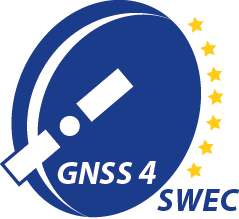Speaker
Dr
TONG NING
(NT)
Description
Atmospheric water vapour is one of the most important climate feedback process and a very efficient greenhouse gas. The long-term trends estimated from the atmospheric water vapour is therefore important for climate monitoring as an independent data source. However the potential temporal shifts in the integrated water vapour (IWV) time series obtained from different techniques, e.g. the global navigation satellite systems (GNSS), can change the resulting trends significantly. In order to obtain realistic and reliable climate signals a homogenization of the IWV time series is necessary.
In total 16 years of synthetic time series of IWV values from GPS data (IGS repro1), and the corresponding IWV differences to the ERA-Interim model were simulated based on the characterisation derived from the real datasets. In this work a statistical test, the penalized maximal t test modified to account for first-order autoregressive noise in time series (PMTred), is used to identify the possible mean shifts (changepoints) in the synthetic IWV time series. For the time being, we implemented the homogenization on the “Fully-complicated” dataset which were simulated time series after taking the trends, amplitudes of seasonal signals, first-order autoregressive noise and percentage of gaps into account.
Primary author
Dr
TONG NING
(NT)

